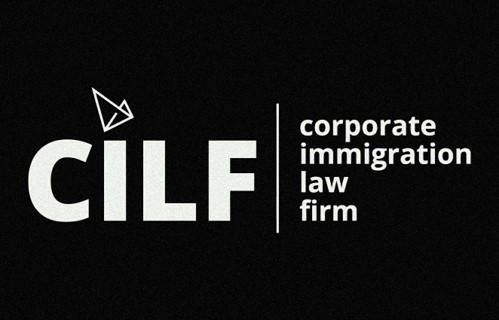New Licensing Requirements For Temporary Help Agencies and Recruiters
Effective January 1, 2024, under the Employment Standards Act, 2000 (“ESA”), temporary help agencies (“THAs”) and recruiters in Ontario will be subject to new licensing requirements which are aimed at cracking down on the exploitation of temporary workers.
Any person or entity that wishes to use the services of a THA or recruiter in Ontario from January 1, 2024 onwards will need to ensure that said staffing agency or recruiter holds the required license. Knowingly using an unlicensed temporary staffing agency or an unlicensed recruiter will constitute a violation of the ESA. Penalties include administrative monetary penalties (AMPs) of $15,000 – $50,000 for providing false or misleading information under the Act and AMPs of $250-$1000 for any other contravention of the Act.
An unlicensed THA or an unlicensed recruiter will similarly face such penalties as of January 1, 2024.
A recruiter is defined as any person who, for a fee, finds or attempts to find employment in Ontario for prospective employees, or finds, or attempts to find, employees for prospective employers in Ontario. The recruiter does not have to be located in Ontario for these licensing requirements to apply to them.
A THA is defined as an employer that employs persons for the purpose of assigning them to perform work on a temporary basis for clients of the employer. If a THA is located outside of Ontario, but assigns employees to work in Ontario, the licensing requirements apply to them.
In connection its licensing application, the THA or recruiter must include an electronic irrevocable letter of credit in the sum of $25,000, that can be drawn upon if needed to cover wages owed to employees, provide business contact name for all locations of business inside and outside Canada, provide the names and addresses of corporate officers and directors (as applicable), partners (as applicable), tax compliance information, information about compliance with the ESA, the Employment Protection for Foreign Nationals Act, 2009, the Occupational Health and Safety Act and the Workplace Safety and Insurance Act, 1997 and pay a non-refundable application fee of $750.
If the staffing agency or recruiter submitted its licensing application before January 1, 2024, and has not yet received a decision on that application by January 1, 2024, it may continue to operate until a decision is made on the pending application.
If the staffing agency or recruiter has not submitted its licensing application before January 1, 2024, it will be prohibited from operating until it has been issued a valid license.
The employer compliance regime which is applicable to employers of foreign workers that hold employer specific work permits requires that employers comply with any federal, provincial or territorial laws that regulate employment and recruitment in the province or territory in which the temporary foreign worker works. Employers who use the services of a THA or recruiter as of January 1, 2024 are therefore advised to ensure that the THA or recruiter is licensed.
The licensing status of a THA or recruiter in Ontario can be checked at:
https://mltsd-tha.my.site.com/portal/s/public-facing-registry-page?language=en_US
If you have questions related to immigration compliance, contact one of our Canadian immigration legal professionals by phone (416 368 1111) or via email: caruso@cilf.ca; fagan@cilf.ca; bonisteel@cilf.ca; ali@cilf.ca; mukherjee@cilf.ca; garciafialdini@cilf.ca.

